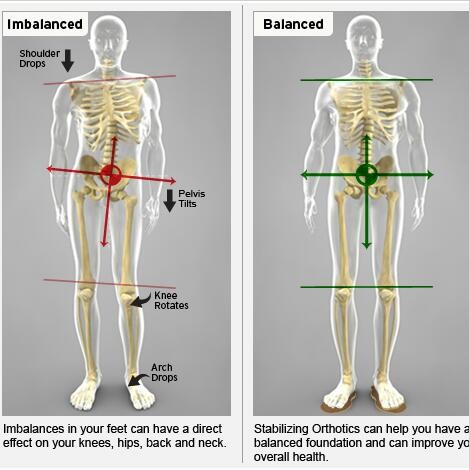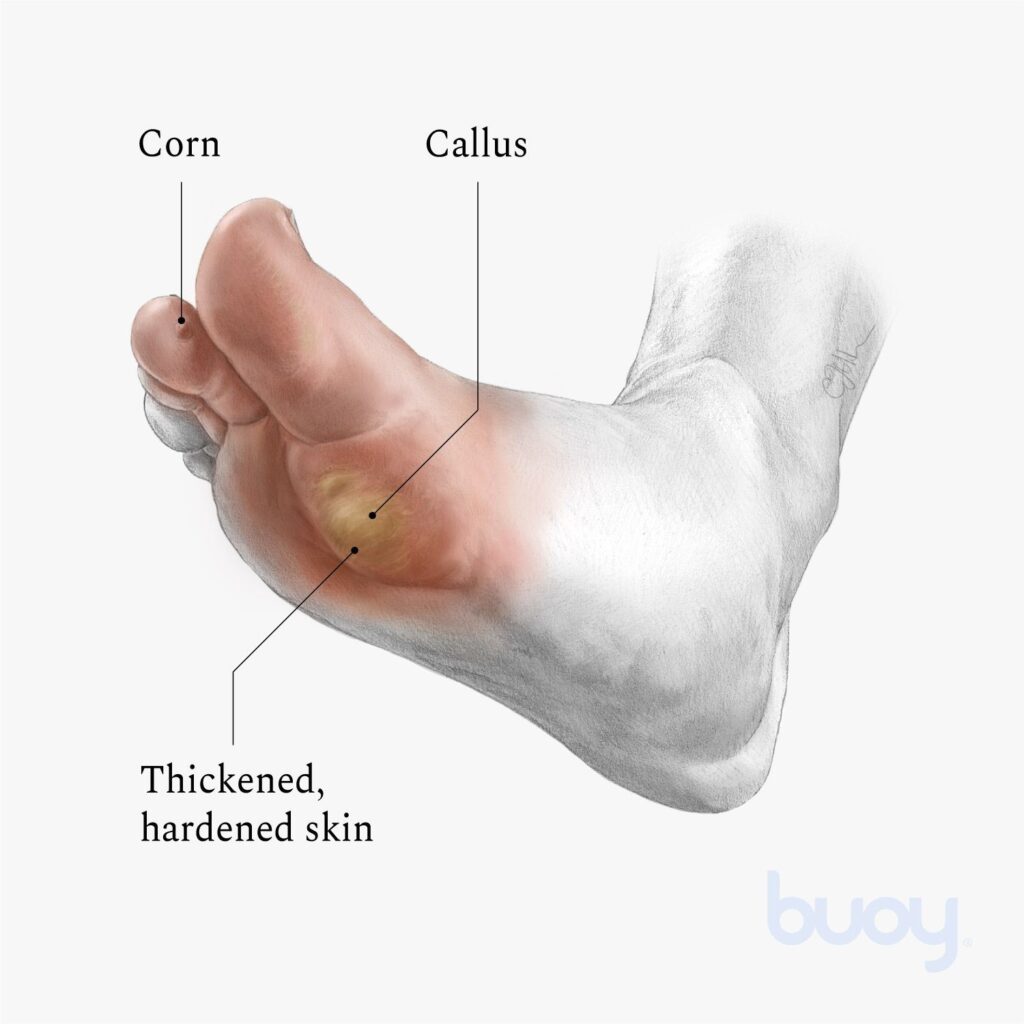DIABETES AND FOOT

DIABETES AND FOOT

If you have a health issue that prevents your body from properly regulating the levels of sugar in your blood, it is called diabetes. Each year in the India, 1.4 million people are diagnosed with diabetes, which puts them at risk for some significant health complications, including damage to their feet.
A matter of glucose regulation
Another word for blood sugar is glucose, which needs to be regulated in your bloodstream. To do that, your pancreas produces insulin, a hormone that delivers glucose to your cells as needed.
If you’re taking in more glucose than your body can handle, you may develop insulin resistance or your pancreas may not be able to produce enough insulin to regulate the levels of sugar in your blood.
The inability to regulate your glucose is the source of diabetes, and the higher-than-normal levels of sugar can prove damaging to your body.
Blood sugar and your feet
One of the primary concerns when you have diabetes is nerve damage, which tends to occur in your feet. Called peripheral neuropathy or diabetic neuropathy, the condition affects nearly half of people with diabetes.
It occurs because high levels of blood sugar can damage the peripheral nerves and blood vessels in your feet.
Signs of peripheral neuropathy
There are some early warning signs of peripheral neuropathy, including:
- Numbness or tingling in your feet
- Pain in your feet
- Weakness
- Inability to register temperature
- Slow-healing wounds
One of our biggest concerns is that the numbness in your feet can prevent you from feeling when you have an injury, which can be as minor as a blister. As well, since high levels of blood sugar can damage the blood vessels in your feet, the wound doesn’t have access to the resources it needs to properly heal, which can lead to treatment-resistant infections.
We hesitate to use scare tactics, but in some cases, these infections can lead to irreparable tissue damage and the need to amputate to prevent the infection from spreading.
The importance of diabetic foot care
If you have diabetes, we can’t stress enough the importance of comprehensive diabetic foot care, which we offer here at our practice. Through vigilant monitoring and early intervention, we can help prevent foot damage.

Your feet are paramount to your mobility, so you want to make sure that they’re in optimal health. Taking steps to prevent common and uncomfortable foot conditions, such as bunions, hammertoes, and plantar fasciitis, is key to preserving pain-free mobility. Fortunately, custom orthotics can play an essential role in that endeavor.
Appreciating your feet and their workload
Look down at your feet and appreciate how such small areas provide so much — they support your entire body and allow mobility. To successfully accomplish these tasks, each of your feet contains 26 bones, 30 joints, and more than 100 muscles, tendons, and ligaments.
For the complex system to function optimally, it’s essential that every component is able to contribute, which means your feet rely on balance.
Unfortunately, our love affair with inappropriate footwear (think heels and shoes with pointy toes) can offset that balance, as can overstressing your feet, leaving these small appendages far more vulnerable to common foot problems, including:
- Bunions
- Hammertoes
- Plantar fasciitis
- Calluses
- Ingrown toenails
- Arthritis
While these conditions are confined to your feet, structural imbalances can cause problems in other major joints, such as your ankles, knees, and hips.
Providing the right support
With orthotics, our goal is to get your feet back into more natural and balanced positions. These inserts are designed to ensure that each component in your feet carries its weight, quite literally, and that no one area is overstressed.



While there’s no shortage of over-the-counter orthotics, we caution against these options as you may not receive the benefit you need.
With our custom orthotics, we design the insert to match your feet exactly and then we can tweak the orthotic to meet your unique demands.
For example, if you’re a runner, you’re more at risk for developing plantar fasciitis. If you want to avoid this painful condition, we can design orthotics for your running shoes that provide a little more arch support to take some of the pressure off of your plantar fascia.

Or, perhaps you have arthritis or another issue, such as a bunion or a hammertoe. These conditions are progressive and can cause irreversible structural changes in your feet. At the first signs of a problem, we can supply you with custom orthotics that will help slow or halt the condition by restoring balance in your feet.

Another scenario in which custom orthotics can play a valuable role is if you have a condition like diabetes. With custom orthotics, our goal is to eliminate any stress points that can damage your feet.
Lastly, perhaps you’re having trouble in your knees or hips in the form of joint pain. With custom orthotics, we can rebalance these joints, which can improve your symptoms and prevent wear-and-tear on these essential joints.

For the most part, calluses on your feet are benign and common, but there are times when these rough patches of extra skin can become problematic.
How calluses form
Calluses on your feet typically develop in areas where there’s friction, and your body produces extra skin to protect itself. Common areas for calluses are:
- Around the edges of your heels
- On the tops of the joints in your toes
- Under a bunion
- Along the sides of your feet
- Under the balls of your toes
Some factors place you more at risk for calluses, such as having a food abnormality, like a hammertoe or bunion, as well as wearing shoes that don’t fit properly. Wearing shoes without socks can also lead to calluses, along with placing added pressure on your feet, such as when you run.
In many cases, these hardened and tough areas of skin are perfectly harmless and don’t require treatment.
When calluses may be problematic
Sometimes calluses can cause problems and warrant seeking our help. For starters, if you have diabetes, your foot health is in the line of fire, and any problem in your lower extremities deserves attention. Our concern with calluses is that they may create fissures through which bacteria can enter, which can lead to an infection.
As we mentioned, if you have issues, like hammertoes, arthritis, or bunions, you may be more susceptible to calluses, and we recommend that you come to see us for treatment.
Some calluses may also become painful, such as when a blister develops below the tough skin, at which point we recommend treatment. The tough skin can also develop cracks, which can be painful.
We advise against trying to remedy painful calluses on your own through “bathroom surgery,” as you might create more problems and increase your risk of infection.
Treating calluses
When we treat calluses, first, we gently remove the extra skin. Next, we determine ways you can prevent calluses from redeveloping, such as changes in your footwear or custom orthotics to rebalance the pressure in your feet.
Several conditions can lead to peripheral neuropathy (nerve damage) in your feet, but none are as prevalent as diabetes., you understand just how significant the issue has become.
Causes of neuropathy
As we mentioned, diabetes (both types 1 and 2) is the primary reason for peripheral neuropathy in the feet. It occurs due to higher-than-normal glucose levels in the bloodstream, which can damage blood vessels and lead to nerve damage, especially in areas that are farthest from your heart, namely your feet.
Outside of diabetes, neuropathy can develop due to:
- Metabolic syndrome
- Trauma to your foot
- Heavy alcohol use
- Infections, such as HIV and shingles
- Certain chemotherapy treatments
- Autoimmune disorders
- Vascular issues
The symptoms can vary greatly when it comes to nerve damage, but when it strikes your feet, you may feel pain, numbness, and tingling, as well as experience muscle weakness.
The complications that stem from unchecked peripheral neuropathy can be significant, especially if ulcers or infections develop in your feet and they don’t respond to antibiotics.
Managing neuropathy in your feet
While there may be no cure for neuropathy, there are effective management solutions that can help prevent irreversible damage to the nerves in your feet.
When it comes to managing neuropathy, the most essential step is to manage the underlying condition. For example, if you have diabetes and you’ve developed peripheral neuropathy, it’s imperative that you control the glucose levels in your blood.
Similarly, if metabolic syndrome is causing nerve damage, we want to address the underlying conditions, which typically means lowering your blood pressure, reducing cholesterol, and losing weight.
For existing neuropathy in your feet, we can turn to certain vitamin supplements that support nerve health, as well orthotics to better support your feet.
It’s essential to do your part to manage the neuropathy by:
- Exercising to increase blood flow to your feet
- Only wear shoes that allow your feet to spread out
- Inspecting your feet every day to check for cuts or ulcers
Between your efforts at home and ours here in our offices, we can help optimize the nerve health in your feet and preserve your mobility.
